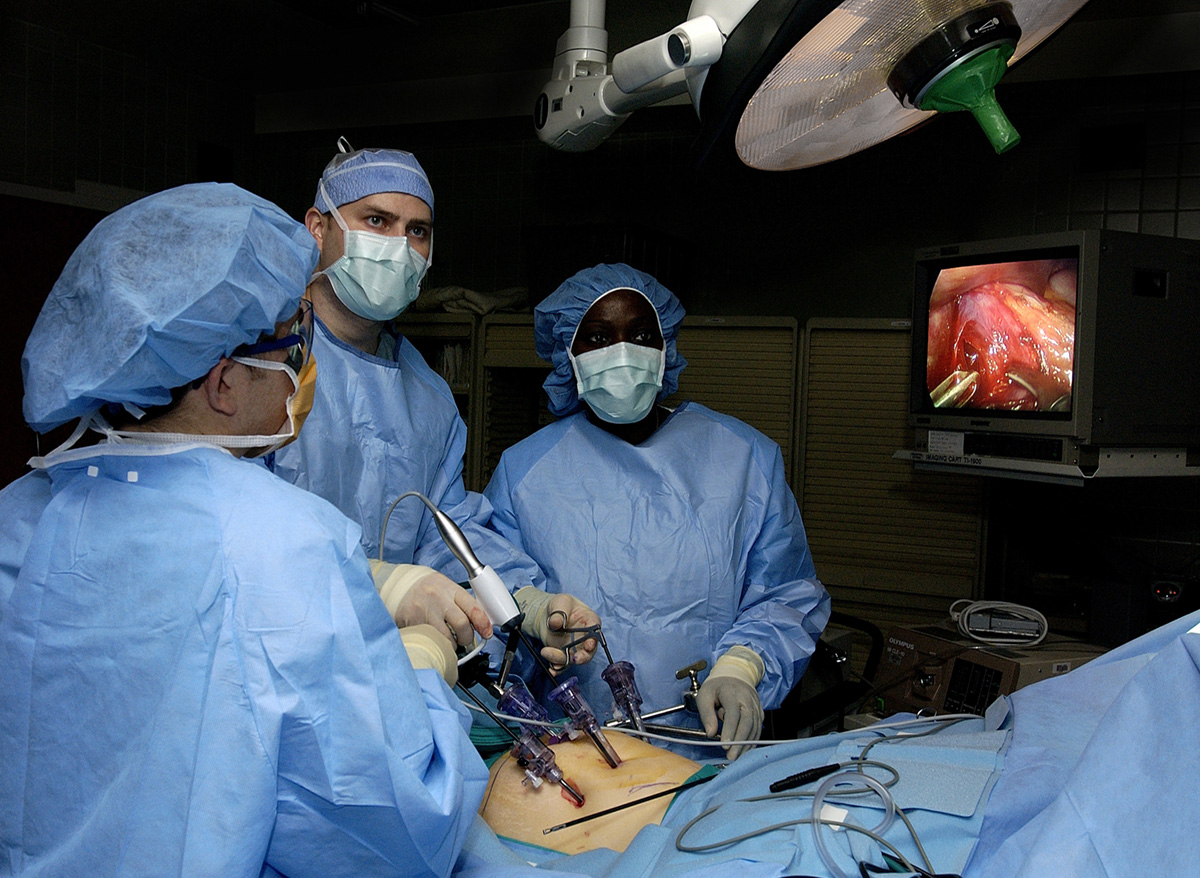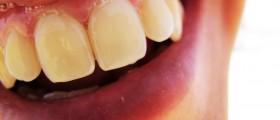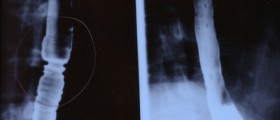
What is GERD
GERD is short for gastroesophageal reflux disease, commonly known as acid reflux. It is a condition where sphincter muscle (a circular muscle that serves as a valve) that opens the end of the esophagus into the stomach when we swallow food and keeps it closed and separated from the stomach at all other times becomes weak for some reason. Then it cannot keep the esophagus closed, and, in some cases, stomach (gastric) juice together with undigested food can flow back (reflux) to the esophagus, irritate or damage its lining, causing pain and inflammation of esophagus, and various other problems.
Treatment
If you suffer from acid reflux, it is usually recommended to introduce permanent changes in your dietary habits and lifestyle that reduce the likeliness of acid reflux. However, many patients gain only partial benefit from such non surgical methods and remedies, and in some cases, a surgical procedure is the only solution. In recent years, advances of minimally invasive surgery (instead of classical "taking the patient apart and putting him back together" methods, this type of surgery is almost covert) and is becoming a very popular solution for problems with acid reflux.
When to choose surgery
Most GERD cases are treated with medicaments but if such therapy fails, if it is somehow inadequate, or if there are persisting atypical symptoms, or, simply, if patient would rather have one surgery than lifelong dependency on medications, then surgery is the only option.
Process
Prior to surgery, patient must undergo several tests that should determine if surgery is possible, and needed. These test include measuring the number and severity of exposures to acid in the esophagus, visual inspection for unusual pathological changes and measurement of oesophageal sphincter strength. If all test results indicate that GERD is the problem, surgery becomes an option.
Typical surgical procedure for GERD is wrapping the lowest part of the esophagus with the uppermost part of the stomach. This is an old procedure, developed in the early years of the last century, but it was troubled with a high rate of problematic side effects. Today, use of minimal invasive surgery for this procedure made it more safe, with little side effects and complications, and patients recover quickly, leave the hospital sooner and are left with very small scars. Success rate of such procedure is very high. This surgery has been recommended for children that suffer from severe GERD complications, as treatment of children with drugs for GERD had grave side effects, or was unsuccessful. Since the introduction of Omeprazole, surgery can be avoided in some children.

















Your thoughts on this
Loading...